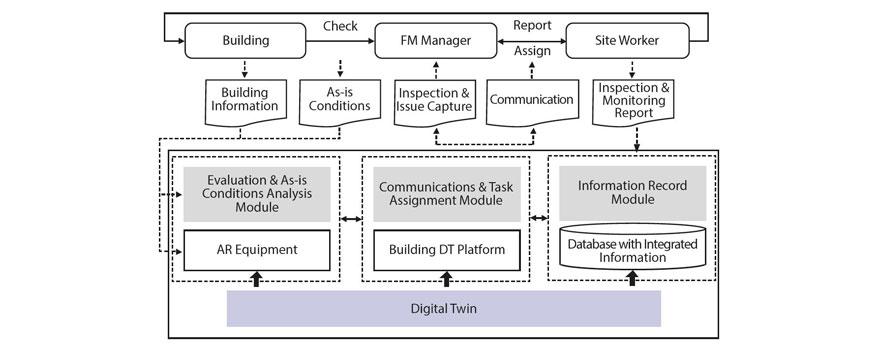
Figure 1: The proposed process of the visualised inspection system in daily O&M management
Monitoring building environmental conditions – such as temperature, humidity and CO2 concentration – is important for effective and effcient operations and maintenance (O&M) of built assets. The workplace environment should contribute to occupant wellbeing and productivity but also reduce operational carbon associated with the provision of thermal comfort. Facility managers need accurate and timely information to detect environmental anomalies and make informed decisions on operation and maintenance. Taking temperature as an example of indoor environmental indicators, this project seeks to address the knowledge gap facility managers face in automatically detecting and interpreting temperature anomalies of building spaces in O&M phases to facilitate better decision-making.
Smart infrastructure asset management
Current O&M services retain a high degree of visual inspection and judgement-based decisions, especially with hidden assets such as plumbing. An intelligent system that assists asset managers’ visual inspection to simultaneously record, communicate and verify O&M issues is required.
Research suggests that automated and digital data capture and management systems utilising Building Information Modelling (BIM) can significantly reduce the time taken to update databases used in O&M phases. BIM can be used as an information source and a repository for supporting various activities in existing buildings, but requires integration of digital twin (DT) concepts (a dynamic twin with input of current performance data from the physical asset via live data flows and feedback into the physical twin via real time control1) for whole-life cycle asset management in the O&M phase.
Design and methodology
In order to develop an intelligent, easy-to-use and practical visualised inspection system for daily O&M management, CSIC researchers developed an inspection system based on building DTs, specifically focused on spatial temperature anomalies.
The proposed augmented reality (AR) inspection system deeply embodies the daily O&M management process (Figure 1). Various O&M data resources are integrated through the building DT platform. Supported by computational power provided by the DT, anomaly detection functions are designed to identify asset-related anomaly issues, and a query builder module is used which extracts data from the multiple data sources accordingly. Also, the required O&M knowledge, built using fault trees – a tool to help identify potential causes of system failures before the failures actually occur – and matching strategies, is stored using knowledge representation methods. A decision-making tree is also created, aiming to implement matches between detected anomalies with corresponding failed assets to further support decision-making.
Additionally, a visualisation enhanced inspection tool (using AR equipment) is launched, highlighting assets that may have contributed to the anomaly – particularly for hidden assets – with their related information. Following O&M processes, assigned site workers can also find the target asset using the AR equipment.
West Cambridge Digital Twin Pilot
The proposed inspection system has been implemented as part of the Centre for Digital Built Britain (CDBB) West Cambridge Digital Twin Pilot, and will ultimately provide intelligent and visualised inspection environment for facility management. DT with BIM embedded plays a significant role in facilitating the availability and accessibility of heterogeneous environmental parameters. This enables data from different stakeholders in the O&M phase of a building to be created, shared, exchanged and managed. Data- centric analytical tools are widely used in this process, automatically extracting anomalous environmental behaviours that do not conform to anticipated behaviours. This system enables inspection to be quantitatively executed and as-is conditions to be automatically recorded, conveniently verified and intelligently analysed.
Benefits and value
The proposed system has the potential to help site workers and facilities management (FM) professionals to understand better the nature (types and extents) of different hidden assets in a visualised format. The system would provide a smarter way to schedule effective interventions and plan for timely inspection in the future.
The development of a visualised inspection system for O&M management has great potential towards enabling a sector where collaborative work can be further improved via an intelligent, extensive, interoperable, sharable and geometric visual platform. This AR-supported visual inspection system also provides the possibility of establishing DT-based smart management which will both monitor the environment or asset in real-time and have predictive capabilities.
Contact: CSIC Investigator Dr Ajith Parlikad
Team: Dr Ajith Parlikad, Dr Quichen Lu, Dr Xiang Xie
1 The Gemini Principles, Centre for Digital Built Britain and Digital Framework Task Group (2018)
